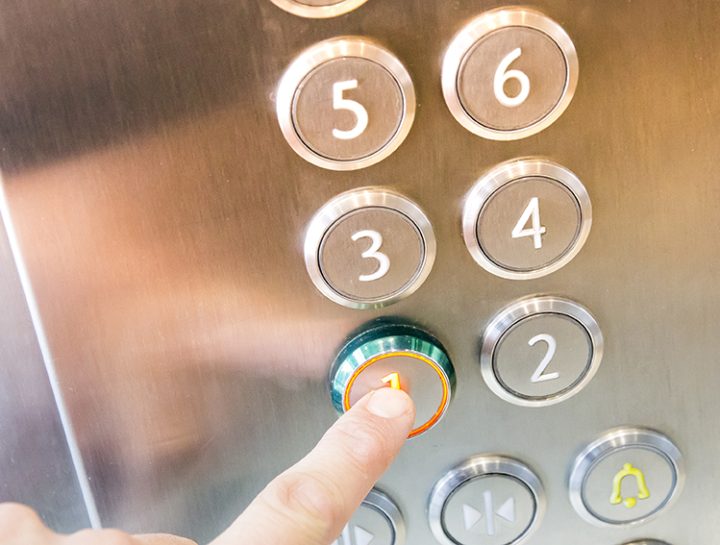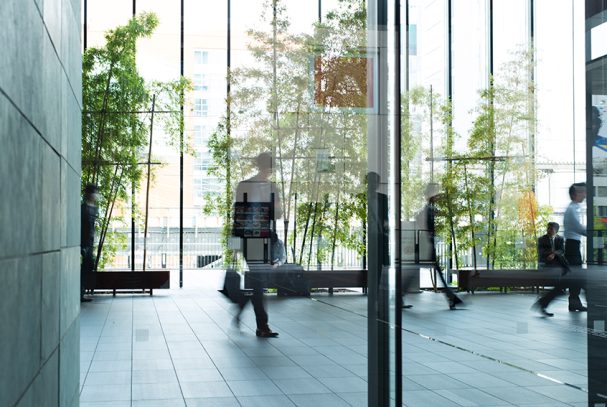Software integration between KONE and Granlund enables automatic transfer of KONE hardware service data to Granlund Manager. Inter-system communication makes maintenance monitoring and reporting easier.
KONE services approximately 1.4 million elevators, escalators and automatic doors globally.
”That is why we also have a responsibility to develop the sector and its practices. Our development project with Granlund started from the need of our joint customer,” says Anna Tiri, Director of Maintenance Business at KONE.
Thanks to the integration, maintenance data is automatically transferred to Granlund Manager, and the maintenance of all hardware can be managed through one and the same system.
The Hospital District of Helsinki and Uusimaa (HUS) already uses Granlund Manager to monitor and manage the maintenance of all its properties. Software integration between Granlund Manager and KONE maintenance data API combines maintenance data for elevators, escalators and automatic doors with other maintenance data for the property in a single system.
”Thanks to the integration, maintenance data is automatically transferred to Granlund Manager, and the maintenance of all hardware can be managed through one and the same system,” says Markus Valjakka, Chief Solution Officer at Granlund Software Integrations.
The cooperation is also driven by KONE and Granlund’s shared desire to promote the flow of information in the real estate and construction sector. Ready-to-use software integration boosts data transfer in all types of properties. Maintenance information can now be provided to customers at least once a day, compared to the previous monthly or quarterly reporting interval.
”Our integration is a perfect example of how different systems should talk to each other today,” says Matti Unelius, KONE Business Development Manager.
Inter-system communication reduces manual data processing
KONE’s maintenance monitoring and control system transfers information to Granlund Manager on, for example, elevator fault and repair visits, preventive maintenance visits and inspections by the authorities. This enables up-to-date operation notes in Granlund Manager so that the customer can easily see, for example, the reason for a maintenance task related to a particular elevator, the technician’s comments and whether the elevator is in use or not.
”The customer gets a clear overview of the status of the hardware, and all maintenance-related reporting can be done with Granlund Manager, a tool that is familiar to the customer,” Valjakka explains.
The maintenance history of all hardware serviced by KONE in HUS properties up to 2019 has also been imported to Granlund Manager.
”That alone shows how much effort can be saved by integration as we don’t need to manually transfer data between systems.”
The customer gets a clear overview of the status of the hardware.
Similar corporate cultures made software integration easier
The ease of software integration came as a pleasant surprise to both parties.
”We got off to a quick start because both companies had already done the groundwork in enhancing their practices. For example, we want to adopt new partnership models to improve the service our customers receive,” says Tiri.
In addition to a willingness to develop, the corporate cultures converged in other ways as well. Matti Unelius believes that one of the reasons for the ease of cooperation is the willingness of both companies to be open and transparent about data. Software integration requires information systems that were previously kept in-house to be opened up to partners.
”It was great to see how our coders immediately spoke the same language, and within a few months we had a working integration that could be replicated across a wide range of different properties,” says Unelius.
In future, in order to integrate the maintenance data of hardware serviced by KONE with Granlund Manager, it is enough that the customer, KONE and Granlund agree on the data to be transferred over the interface. According to Tiri, the benefits are more pronounced in large property portfolios, where ensuring mobility and predictability of operations are a priority.
Software integration requires information systems that were previously kept in-house to be opened up to partners.
”At the moment, healthcare, hotels and retailers, such as shopping centres, are leading the way.”
Customers’ needs will continue to be used as a guideline for the joint development. The aim is to transfer increasingly real-time and enriched data between systems.




